*This post contains affiliate links. As an Amazon Associate, I earn from qualifying purchases. This means when you make a purchase, I get a commission at no cost to you! Read more about my affiliates on my Affiliate Links Disclaimer.
COVID-19 has hit at least 215 meatpacking plants in the United States. Major grocery stores are limiting how much beef and pork you can buy. At one point, one in five Wendy’s fast food chains were out of beef. These outbreaks have increased meat prices and restaurants are charging more.
On top of this, we are in a climate change emergency, and we really should all be working to reduce our impact. As you’ll find out, eliminating meat is one of the most effective things you can do to personally reduce your carbon footprint.
Because of the recent meat shortages and increases in price, now is the perfect time to rethink meat. Let’s use this time to experiment with different diets and recipes to reduce our meat consumption.
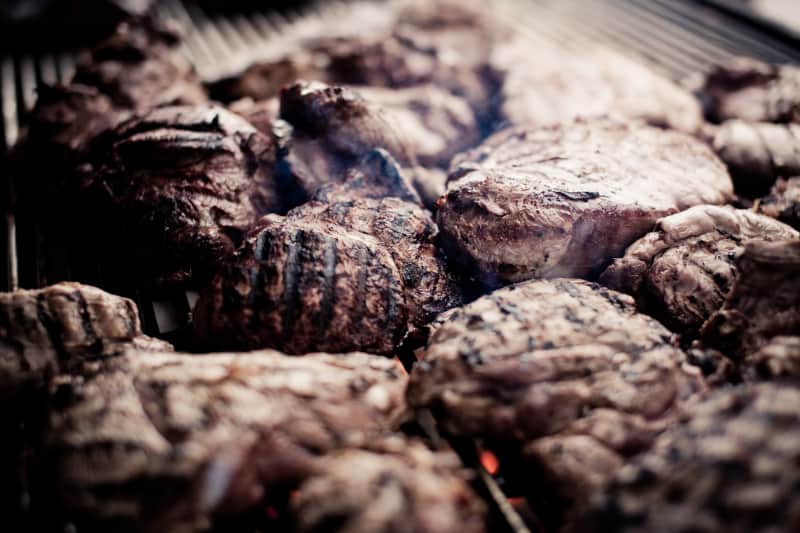
Before you go running for the hills at the word of vegetarian, or even worse, vegan, I know perfectly well you may not become one of those soon or ever. But you can eat meat and still make improvements. This is why I called the post rethink meat over becoming a vegetarian. Everyone making progress together is better than a few people doing it perfectly.
Compared to other countries, Americans eat the most amount of meat. Let’s see if we can dial it back.
Different Types of Meat
Before we get into the impacts of meat, I want to explain some terms I will use throughout.
In this post, I am defining meat as food from that comes from parts of domesticated animals (e.g., cows, pigs, chicken, etc.). I will have a separate post about seafood, which also has big impacts on wildlife and the environment (you can read a sneak peek here).
There are many types of meat. I am not referring to the different styles of preparing meat (e.g. ham vs. sausage), but instead referring to how the animals are raised. When I talk about the negative impacts of meat, they vary according to how the meat was sourced.
Factory Farmed Meat or CAFO Meat (Confined Animal Feeding Operation)
By far, most meat that the average American buys from the grocery store, restaurant, or fast food operations comes from Concentrated Animal Feeding Operations (CAFOs), also called factory farms.
This is the worst meat for you and for the planet. It is the cheapest meat. CAFOs have the lowest animal welfare standards.
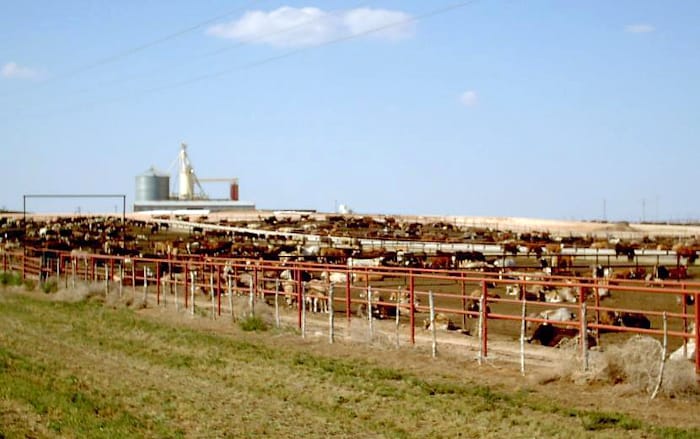
Grass-Fed or Pasture-Fed Meat
Grass-Fed or Pasture-Fed Meat refers to meat that comes from animals raised in pastures. For cows, this means that the cows graze on grass outside in pastures and are not fed corn in feed lots as they are in CAFOs. Other animals (turkeys, chickens, ducks, pigs) can be pasture-fed too.
This meat is the best meat for you and the planet, but does not come without consequences. It is also the most expensive.
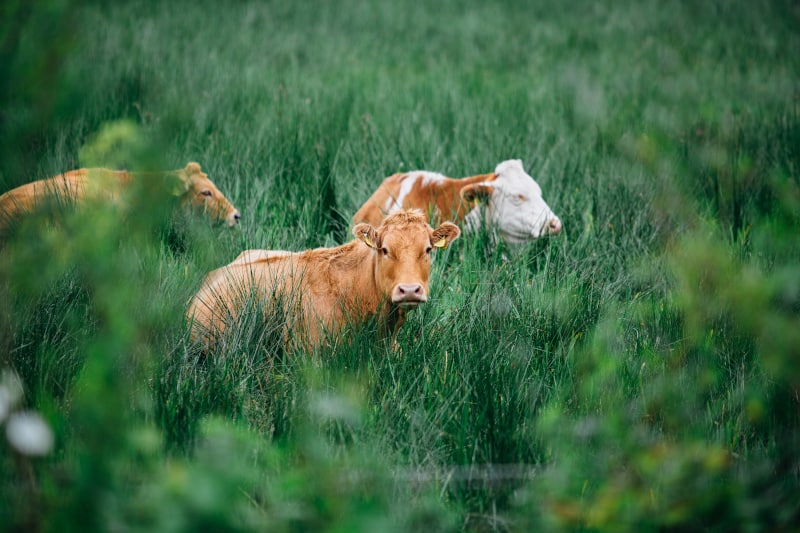
Organic, Cage-Free, Free Range, Antibiotic-Free, Hormone-Free Meat
These are descriptions used to give you information about the absence of chemicals or hormones used on the animals (organic, antibiotic-free, hormone-free) or the animal welfare standards (cage-free, free range). I am not going to go into details on these descriptions, but simply mention there are a lot of nuances. I mostly want to focus on the extremes for the purposes of this article.
Usually meat with these labels fall somewhere in between CAFOs and grass-fed in terms of nutrition and animal welfare. Sometimes the animal welfare standards are not that much different from CAFOs.
Why Rethink Meat?
When I was 12, I found a coloring book my older brother brought home from an animal rights organization. I was shocked at what I saw, even in the cartoon drawings, and turned vegetarian.
I know not everyone feels the same towards animals as I did, as I was made fun of constantly in school for being a vegetarian, and even sometimes as an adult.
But even if you love meat and don’t care about animal welfare, you should still take some time to need to rethink meat in your diet because it’s really a big deal that impacts us all.
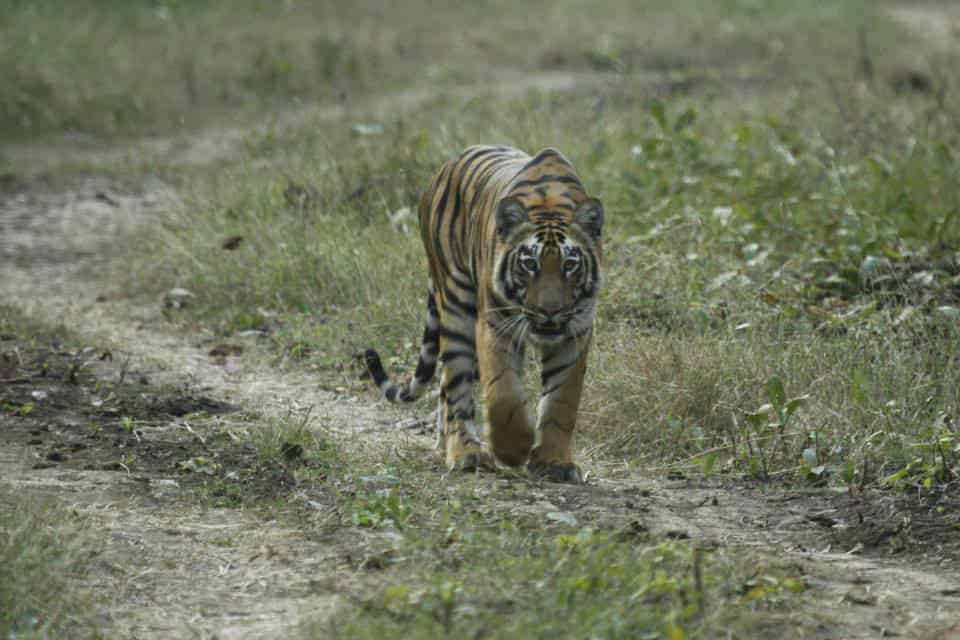
Why Meat is Bad for Environment
Climate change Impacts
Rethink meat because of its severe impact on the planet. All kinds of meat contribute to climate change, but CAFO meat, and especially beef, is the worst. Cow burps (yes, burps, not farts) release methane directly in the environment, accounting for 39 percent of the greenhouse gas emissions from agriculture.
Why am I starting with climate change? Because climate change threatens every single species on the planet. The climate is changing too fast for many species to adapt potentially causing massive extinctions.
Overall, it just takes a lot of energy to produce meat. If you think of all that it takes to raise cows for beef: food, water, and transport, and compare it to plants, there is just much less energy involved in growing plants. Plants need to be seeded and watered. Fertilizers and pesticides may be applied, and they are harvested.
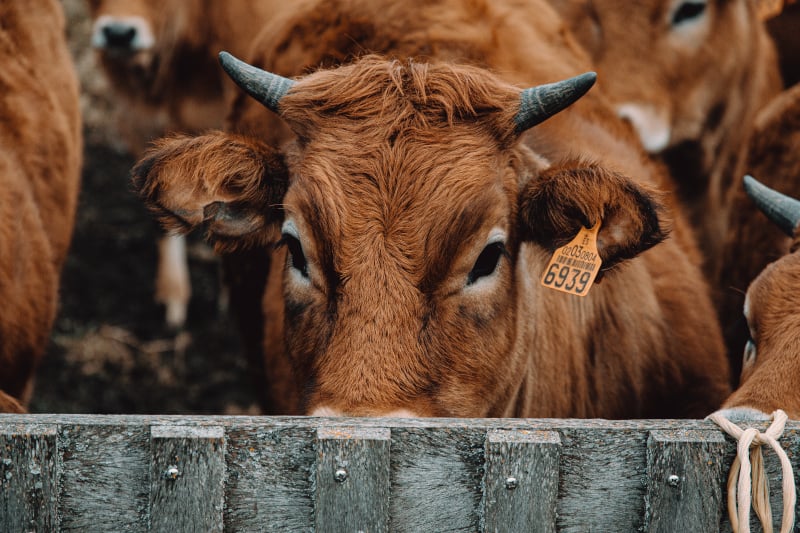
For beef, you need all of the stuff plants require to feed the cattle, plus the other things mentioned above. Although we don’t eat the same kind of food the cows are given, we could bypass the whole process and just eat plants instead of cultivating plants for cows to eat.
To demonstrate this food inefficiency, one large-scale study of 38,700 farms found that over 80% of farmland is used for livestock but the food produced only results in 18% of calories and 37% of protein.
Most cows are not fed on grassy pastures, at least for part of their lives. They are transported to feed lots so they can fatten up. Food for cows needs to be transported to feed lots. These cows are concentrated in one area and waste needs to be removed. Trucks are needed at every stage to bring in these essentials and also to transport cows to feedlots and slaughterhouses causing a lot of emissions.
Cattle ranching is the biggest cause of deforestation in the Amazon. Farmers clear cut rainforests for nutrient rich soils to graze cattle on. Rainforests are huge carbon sinks. The large number of trees, especially older trees suck up large quantities of carbon in the atmosphere. Cutting trees down not only removes them as a source to hold carbon, but it also releases the carbon they were holding, making the problem worse.
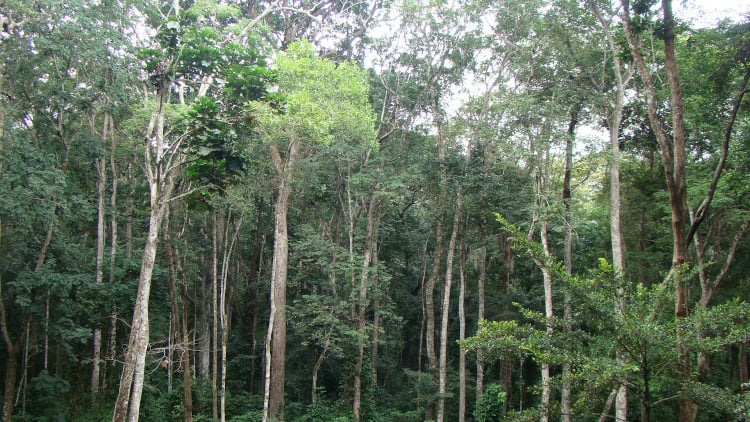
One study found that if everyone gave up meat and dairy, farmland could be reduced by more than 75%, but still produce enough food to feed the world. This farmland could be restored for wildlife to reclaim or prevented from being destroyed to begin with.
Pasture-raised beef is better because it is usually local and therefore does not have the higher transport emissions. However, cows still release methane, thus local meat is still an issue. Beef produced from cattle raised on deforested land has 12 times the greenhouse gases and used 50 times more land than pasture-raised beef. But when comparing pasture-raised beef to plants, even the most sustainable beef had six times more greenhouse gases and used 36 times more land than plants like peas (which can be a great source of protein, as you’ll find out).
Changing to a plant-based diet is really one of the major things that you can do as in individual to reduce your carbon footprint.
Side note: Note that having one fewer child (no kids is best) makes the biggest difference by far.
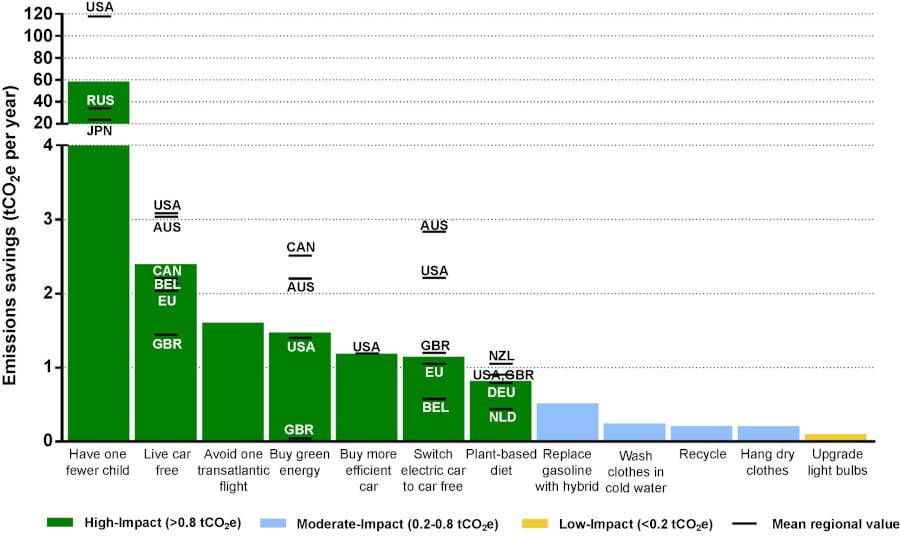
Why CAFO Meat is Bad for Wildlife
Deforestation
Rethink meat for wildlife. As mentioned before, the beef industry is a huge threat to native wildlife in developing countries. The slash-and-burn method for clearing land directly kills animals and eliminates their habitat. In the Amazon rainforest of South America, having large areas of habitat is especially important for large vertebrates like jaguars and tapirs.
Small, local farms that sell pasture-raised meats do not have as much negative impact on wildlife and can be more compatible with biodiversity. Their meat is locally raised and usually on land that has already been developed. However, the climate impacts are still there and raising livestock, especially cattle, still uses a considerable amount more of land.
Pollution
Rethink meat for its effect on the environment and therefore all of the people and animals living in it. CAFOs have a huge, negative impact on the environment, which most definitely affects us too. They contaminate the air and water causing health problems.
I live in North Carolina, one of the top pork-producing areas in the country. There are an estimated ten million pigs in North Carolina! Most live in CAFOs where they are highly concentrated.
In 2018, an image of North Carolina’s coast went viral after Hurricane Florence. It appeared as if rusty water was oozing down the river into the ocean. (Side note: I was actually on the Science channel’s show What on Earth to discuss this image).
The rust-colored rivers contained hog waste from all of these pig farms. The lagoons which hold the waste, breached with flooding, and overflowed into the environment. As you can see from the video, all of this waste washes down to the beaches we vacation at and the ocean affecting marine wildlife.
The pollution is so bad in North Carolina’s hog farms that it is also an environmental justice issue (below).
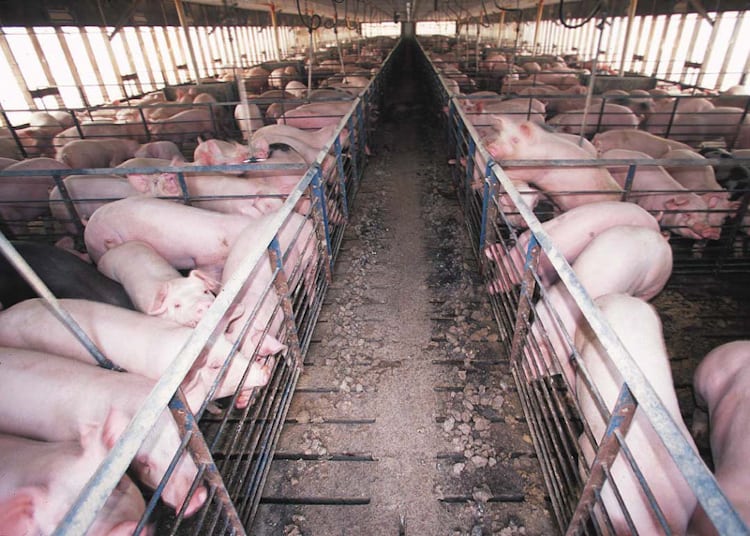
Why CAFO Meat is Bad for People
Health
I’m actually not going to go into the health aspects of meat in general, whether it is good for you or not, causes cholesterol, etc. I’ve read conflicting studies and opinions. I also personally believe from my own experience that different people thrive on different diets.
I will say that pasture-raised meat carries the highest nutrient load and the lowest amount of toxins such. Fatty CAFO meat is the worst for you because toxins accumulate in the fat. When the animals eat foods that contain pesticides, these toxins stay in their bodies and are stored in the fatty tissue. If you are going to eat fatty meat like pork, make sure it is pasture-raised.
I also want to bring up that CAFOs also threaten our health through the rise of antibiotic-resistant bacteria from the heavy use of antibiotics in livestock.
Rethink meat for pandemics! CAFOs increase our chances of pandemics, the very thing we are in right now that has destroyed our economy. When animals are in close proximity to each other and to humans, the chances for diseases to mutate and spread are increased. Purchasing meat from local farms where animals are not concentrated in high densities is definitely a better option.
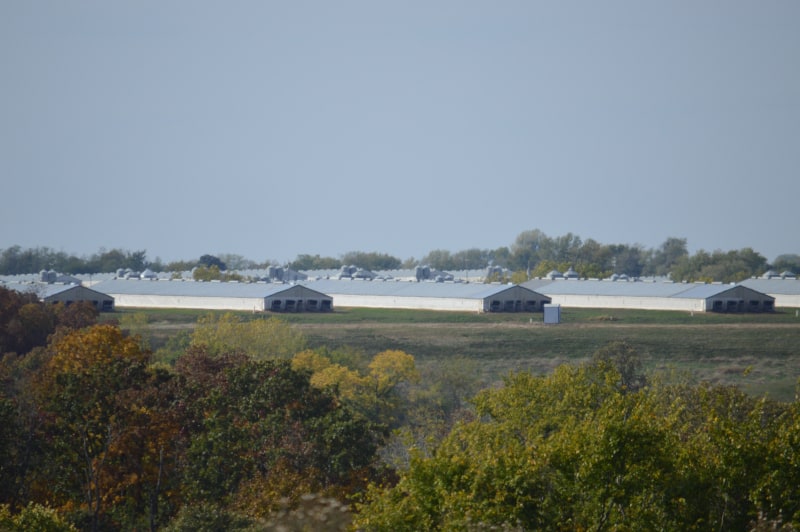
Workers
Rethink meat for the workers. Working in CAFOs is seriously horrible work. People are overworked and underpaid. Everything is about speed. They have to move fast, which makes them susceptible to injury. They have long hours without breaks. I’ve even heard stories of workers wearing diapers so they can make it between breaks.
My focus is on conservation and wildlife. This is its own huge issue that really deserves entire posts. You can read about some in-depth articles here, here, and here.
Environmental Injustice
Rethink meat for poor local communities that live around CAFOs. If you are eating North Carolina pork, you are contributing to an environmental injustice issue for the local community. CAFOs for pigs are mostly located in the eastern portion of North Carolina and near communities of African Americans, Native Americans, and Latinos.
Many people living near hog farms report that they can’t even go outside on certain days. The smell of hog waste is too horrible to breathe in. The communities surrounding these CAFOs have higher infant mortality rates, and mortality due to anemia, kidney disease, tuberculosis, and septicemia. The air pollution from hog farms may cause respiratory problems.
Initially the community living alongside the hog farms had a hard time getting anyone to believe that they were suffering from the hog industry. Locals had to start collecting their own data to get anyone to listen. Caren Cooper has a whole chapter on it in her citizen science book:
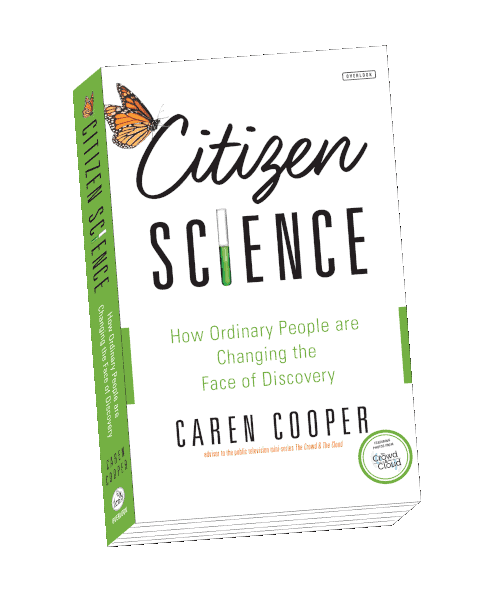
I’ve been in North Carolina for six years now and I’ve seen the state government continue to side with big industry over the local community’s health.
How to Give Up Meat
Ready to give up meat? Or at least reduce your consumption? Here are some tips from a former vegetarian and hopefully soon again, mostly vegan (explanation later on why I am currently not a vegetarian or vegan).
To give up meat completely, there are two methods. Try the one that works best for you.
Cold Turkey (Pun Intended!)
This is what I did when I first became a vegetarian. After learning about factory farms, I just stopped eating meat (including fish) all together. Once I make up my mind to do something, I usually just do it.
I was never a vegetarian because meat disgusted me. In fact, if I didn’t have health issues that restricted my diet, I would honestly eat almost anything.
For some people, this can be the easiest choice because it forces your body to adjust. Also some people do better when they completely eliminate a food item/group because they can’t control themselves with small quantities. I find myself to be this way with sugar.
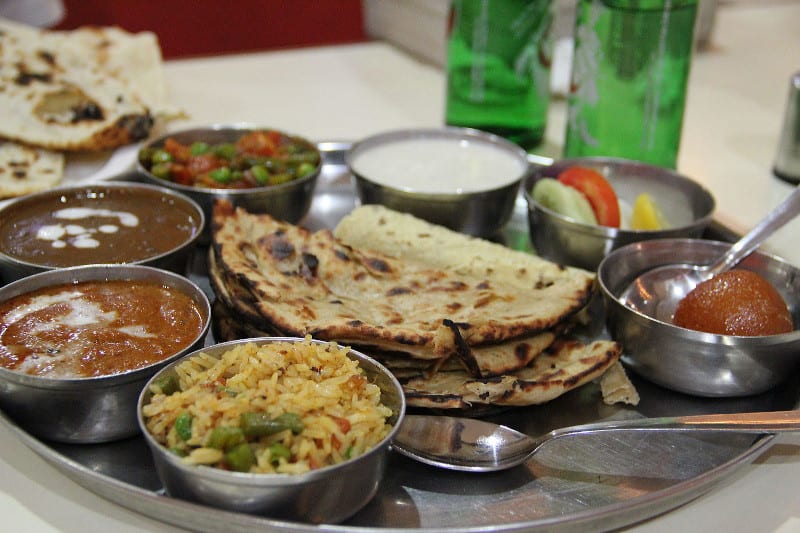
Once sugar is removed from my diet, it is much easier to stop eating it all together rather than have small sugary treats frequently. It’s also amazing how much your body adapts. Once you stop eating something, you really do stop craving it.
I do remember the beginning being hard though. Sometimes at my sister’s house when I would let her dog out after classes (I went to college close to where she lived), I would eat chicken or other meaty bits she had. I wasn’t perfect, but eventually I got to the point where I no longer had relapses.
I think the biggest reason though why people are so against being vegetarian/vegan is that they do not how to cook good vegetarian dishes. I grew up in Buffalo, NY, in the 80s a very meat-and-potato town. Back when I started to become a vegetarian (1990s), there were hardly any options, really only pasta dishes or a portobello mushroom sandwich. They were usually awful.
Get yourself a good cookbook and try some delicious recipes to start going veg. These are my favorite vegan and vegetarian cookbooks.
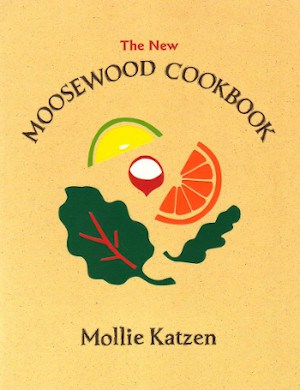
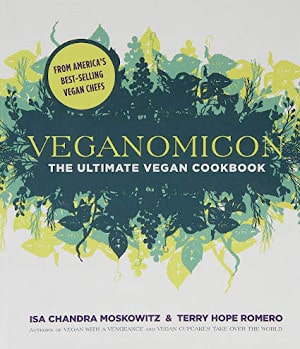
You can also find a ton of recipes online. My friend Leah Gaines started a blog featuring recipes her meat-eating husband is willing to eat. I have lots of vegan and vegetarian recipes on my Pinterest boards.
Start Slow
I am actually in the starting slow phase right now. You can join me!
Here’s what’s going on and why I ate meat again. Against my will, I went back to eating and not eating meat for the past six years because of health issues. I suffered greatly from unexplained chronic fatigue. Within the past year, I even had a hard time going to the office every day.
Recently, one of my doctors actually thought I had multiple sclerosis (MS). I knew someone who has MS and I reached out to her for advice. She recommended I try the Autoimmune Protocol (AIP) diet. Having struggled with fatigue for most of my life and having Hashimoto’s, a thyroid autoimmune disease, I have heard of this diet before in health podcasts that I listened too. I always wanted to do it, but never did because it is SO STRICT.
But then COVID-19 hit and everything shut down. I wouldn’t be going anywhere for the next few months and thought this was the perfect time to try the AIP diet. On this diet, I could not eat eggs, beans, nuts, grains, nightshade vegetables, coffee, sugar, or processed foods. Therefore, I had to eat meat temporarily.
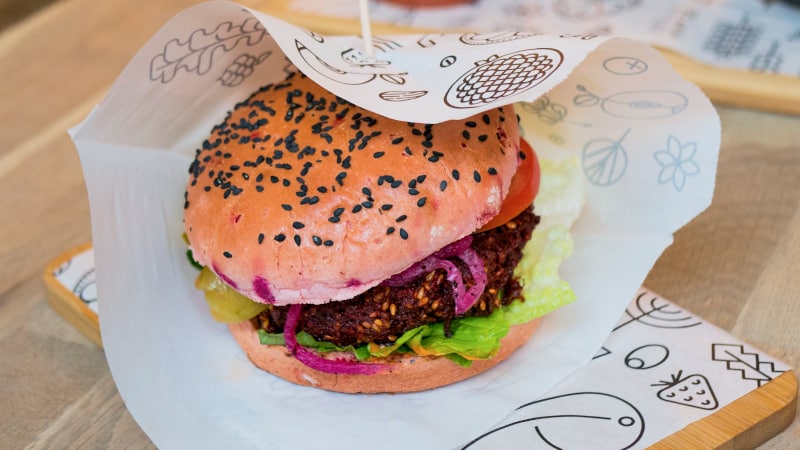
The point of the diet is to remove common triggers from your diet completely and then add them back in very slowly, about one week at a time, so you can monitor your reactions.
Now I am in the phase where I am adding foods back in. I am pretty sure coffee was the culprit of my fatigue, so I am excited about moving towards a more plant-based diet again. I have already started adding back my favorite vegan protein shakes and am still feeling great.
Meatless Mondays
Can you challenge yourself to go one day a week? Meatless Mondays became a popular phenomenon where people go one full day without eating meat.
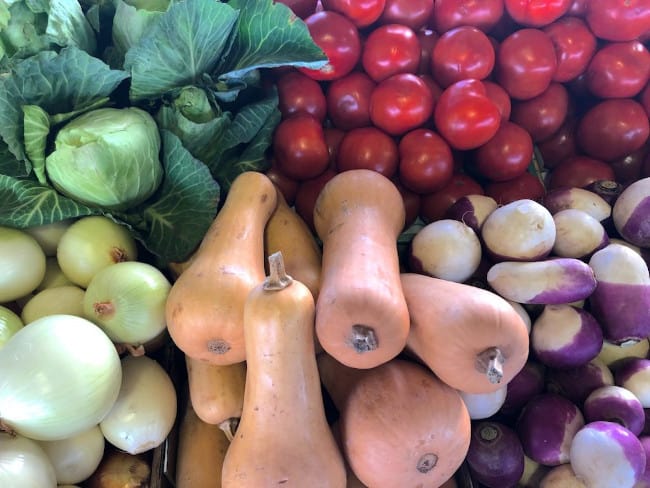
One Meal A Day
Director James Cameron’s wife, Suzy Amis Cameron, founded One Meal a Day. She believes that small shifts can lead to big changes. Breakfast is an easy one to do. You can make oatmeal, cereal with non-dairy milk, waffles, fruit, toast with different toppings, eggs, or again my favorite protein shake.
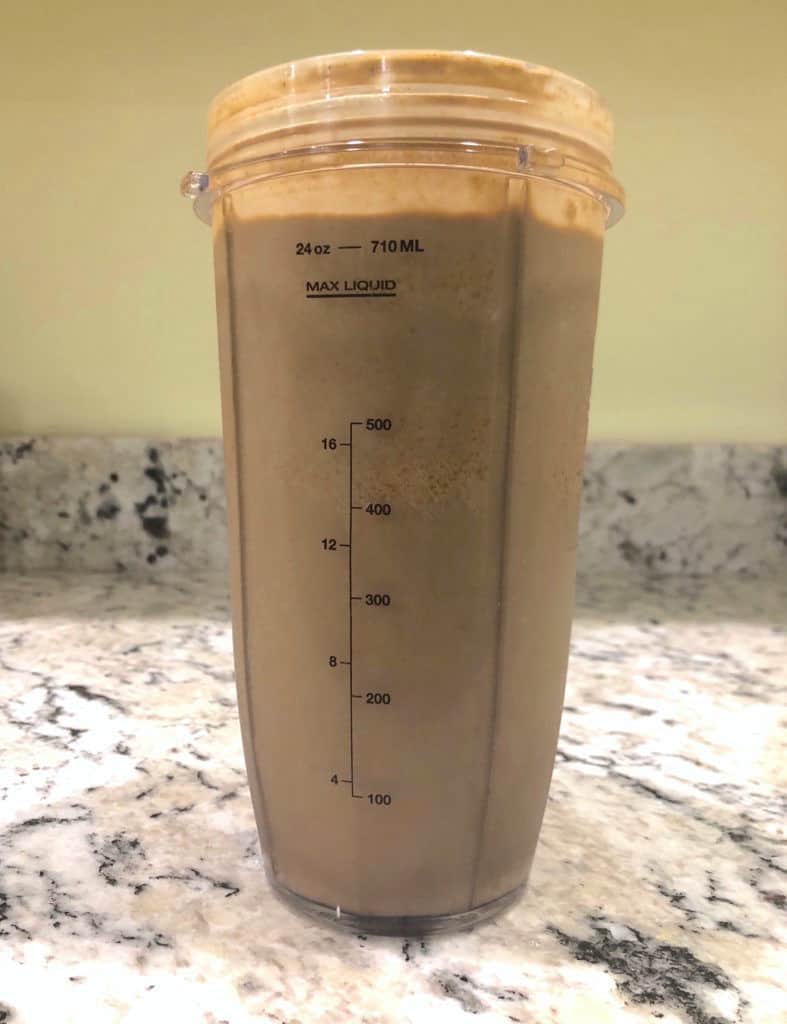
Reduce Amounts of Meat in Meals
You can also start by simply reducing the amount of meat you add to a meal. If you make a BLT with 5 pieces of bacon, try instead making one with 3 and adding more tomato. Or add something fun like an avocado.
Replace with Meat Substitutes
You can try replacing meat in your traditional recipes with meat substitutes, tofu, or beans. I personally love plain tofu or tofu just fried, but once you season it, it takes on the flavor of the seasoning. Think of tofu like chicken breast or white fish; it’s kind of boring on its own.
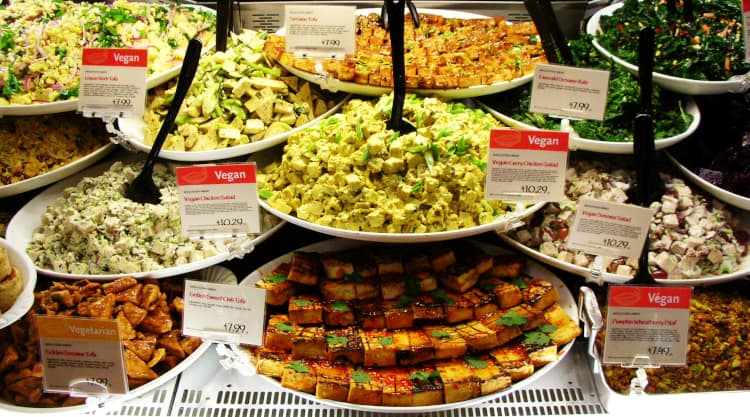
I try to eat mostly whole foods, but I do have to say that I love Beyond Meat meat substitutes. Having Hashimoto’s, I can’t eat most meat substitutes as they have either a high amount of soy or gluten, two things that can mess up your thyroid. But Beyond Meat is made with pea protein and has few ingredients and is therefore less processed. It’s a great source of protein.
Honestly, having been a meat-eater and vegetarian, I don’t miss the taste of meat at all with Beyond Meat. In fact, I even prefer the ground beef to ground beef made of real meat. It’s less heavy.
A Note on Dairy…
Although this post is focused on meat, dairy is also problematic from a climate change and animal welfare perspective and honestly vegan is best. But vegan is hard for a lot of people though and people are more likely to become vegetarian.
I wonder though if it is better for the planet to eat “pegan,” a term Mark Hyman uses for combining the paleo and vegan diets. This diet is heavily plant-based and eliminates dairy (except for grass-fed butter), but does allow for meat, fish, and eggs. He only recommends you include high quality pasture-raised meat.
In this figure, dairy and cheese are worse than pigs and chickens in terms of climate emissions. Honestly, it looks like pegan can be better than vegetarian if you are eating a lot of cheese.
As I have to be gluten-free because of my thyroid, I eat pegan when I eat out at restaurants and there is not a gluten-free vegetarian option. I also usually order sustainable fish if available over a vegetarian dairy-based meal.
If You Can’t Give Up Meat, Eat the Most Sustainable Options
Pasture-Raised, Pasture-Fed
If you can’t give up meat completely, then at the very least consider switching the kind of meat you buy and who you buy it from. As mentioned before, pasture-raised, pasture-fed meat is not only the healthiest option for you, it is better for the planet and the animals. Go for quality over quantity.
Although animals will still be slaughtered, they can live happy lives until they are killed. You are also supporting your local farmers.
During my AIP diet, I purchased all of my meat from sustainable, local farms. Honestly, I still felt sad about eating animals, but figuring out my fatigue issue has made a huge impact in my life.
That being said, grass-fed meat, at least beef, cannot replace our current cattle consumption. Therefore, even if everyone did switch to this better meat, we would all still need to reduce our overall consumption.
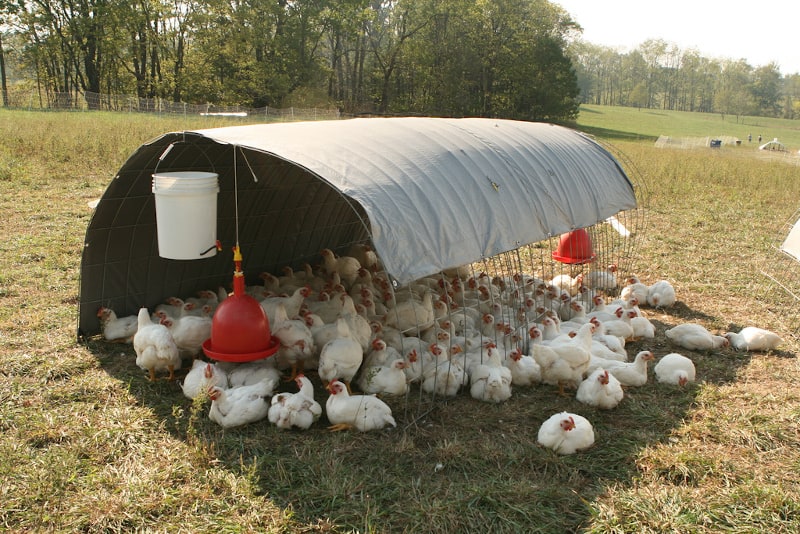
Hunting
I always found the idea of hunting icky and as a child/young adult, I was deeply against it. I still would never hunt myself, but if people are going to eat meat, I would MUCH rather have them hunt for their own meat than eat CAFO meat. Hunted meat is essentially the most humane option and honestly the one that is best for the planet in terms of climate change and protecting biodiversity.
Are you trying to reduce your meat intake? Or ditching meat completely? Let me know in the comments below how you are handling it.
Want to hear more about my experiences with meat? Listen to Diet Changes to Help Wildlife on the podcast.
Love this post? Share it with friends!


